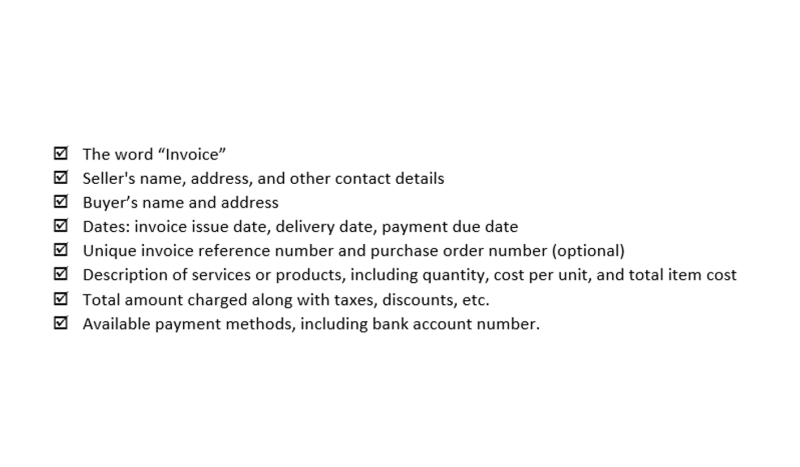
Assets represent the valuable resources controlled by a company, while liabilities represent its obligations. Both liabilities and shareholders’ equity represent how the assets of a company are financed. If it’s financed through debt, it’ll show as a liability, but if it’s financed through issuing equity shares to investors, it’ll show in shareholders’ equity. This concept helps the company to know where its assets (high level) come from and monitor its balance in the business. This is important as some companies may not be able to survive in the long term if their assets are mainly from liabilities while their equity is too small in comparison.
Bookkeeping
The global adherence to the double-entry accounting system makes the account-keeping and -tallying processes more standardized and foolproof. You can think of them as resources that a business controls due to https://www.instagram.com/bookstime_inc past transactions or events. The formula defines the relationship between a business’s Assets, Liabilities and Equity. Using Apple’s 2023 earnings report, we can find all the information we need for the accounting equation.
The Expanded Accounting Equation
Refer to the chart of accounts illustrated in the previous section. Due within the year, current liabilities on a balance sheet include accounts payable, wages or payroll payable and taxes payable. Long-term liabilities are usually owed to lending institutions and include notes payable and possibly unearned revenue.

What Is Shareholders’ Equity in the Accounting Equation?
For instance, if a business takes a loan from a bank, the borrowed money will be the basic accounting equation is: reflected in its balance sheet as both an increase in the company’s assets and an increase in its loan liability. The accounting equation states that a company’s total assets are equal to the sum of its liabilities and its shareholders’ equity. These elements are basically capital and retained earnings; however, the expanded accounting equation is usually broken down further by replacing the retained earnings part with its elements.

In other words, this equation allows businesses to determine revenue as well as prepare a statement of retained earnings. This then allows them to predict future profit trends and adjust business practices accordingly. Thus, the accounting equation is an essential step in determining company profitability. Whether you call it the accounting equation, the accounting formula, the balance sheet equation, the fundamental accounting equation, or the basic accounting equation, they all mean the same thing. Before you can understand debits and credits, you’ll need a little background on the structure of accounting. The Accounting Equation is the foundation of double entry accounting.
On 10 January, Sam Enterprises sells merchandise for $10,000 cash and earns a profit of $1,000. As a result of this transaction, an asset (i.e., cash) increases by $10,000 while another asset ( i.e., merchandise) decreases by $9,000 (the original cost). On the other side of the equation, a liability (i.e., accounts payable) is created. It can be defined as the total number of dollars that a company would have left if it liquidated all of its assets and paid off all of its liabilities. If we rearrange the Accounting Equation, Equity is equal to Assets minus Liabilities.
- Consequently it is possible to restate the fully expanded accounting equation as follows.
- Said a different way, liabilities are creditors’ claims on company assets because this is the amount of assets creditors would own if the company liquidated.
- In the coming sections, you will learn more about the different kinds of financial statements accountants generate for businesses.
- On 2 January, Mr. Sam purchases a building for $50,000 for use in the business.
Double entry bookkeeping system

Net Assets is the term used to describe Assets minus Liabilities. In this case, there is no transaction that can make the equation not balanced. If there is, it would only mean one thing which is there is an error in accounting. The basic concept of accounting equation is to express two main points in the accounting rule. Accounting equation is the foundation of the double-entry in the accounting system which accounting transactions must follow. It is usually considered the most fundamental concept in the accounting system.

Those account types determine how debits and credits will be used to increase and decrease accounts. In other words the expanded accounting formula shows retained earnings is the link between the balance sheet and income statement. Moreover the income statement is in fact a further analysis of the equity of the business.
All such information is provided solely for convenience purposes only and all users thereof should be guided accordingly. 11 Financial is a registered investment adviser located in Lufkin, Texas. 11 Financial may only transact business in those states in which it is https://www.bookstime.com/articles/percentage-of-completion-method registered, or qualifies for an exemption or exclusion from registration requirements.
